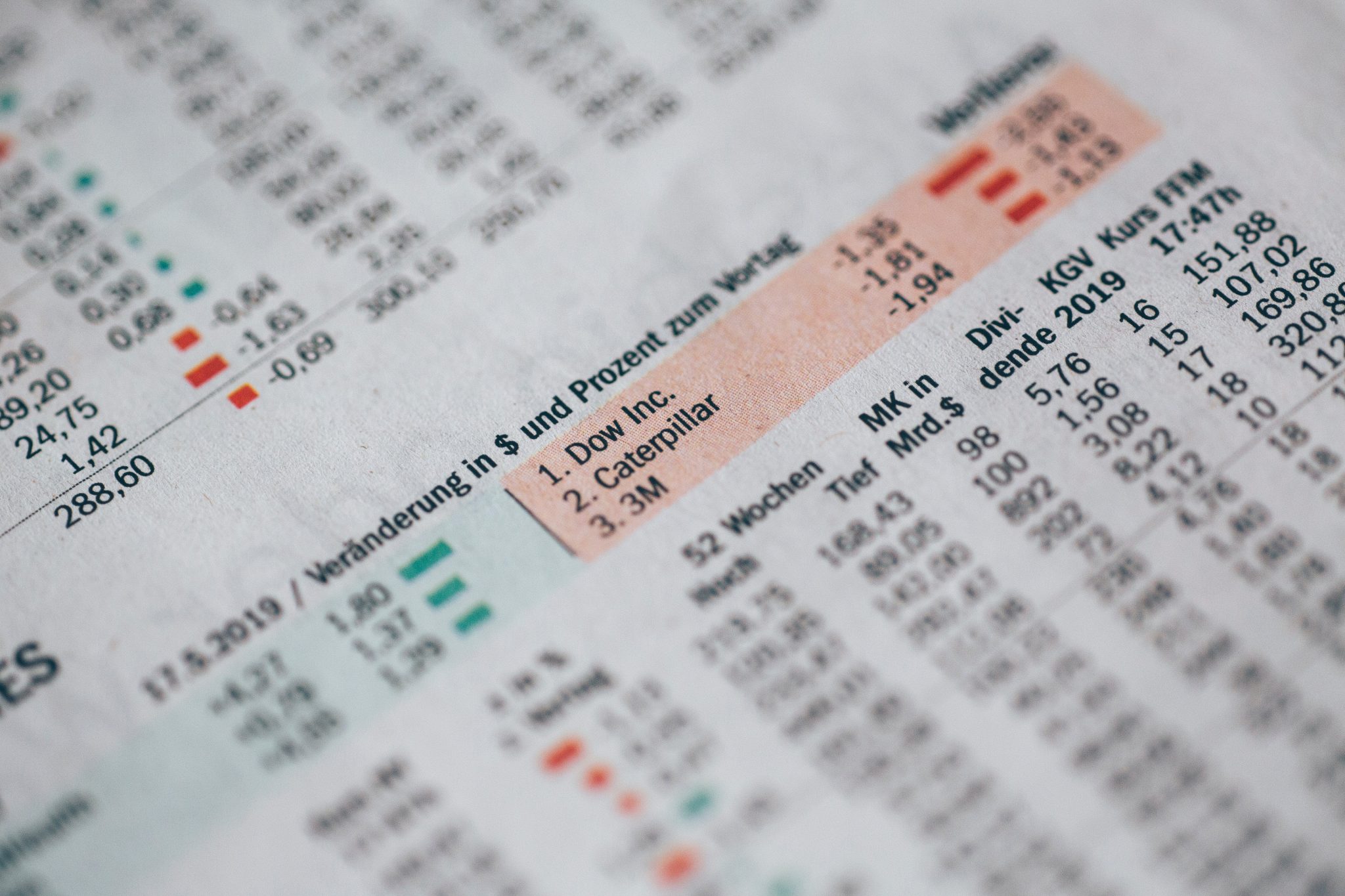Being self-employed certainly has its perks; for the most part, you get to dictate your own schedule and enjoy a large amount of independence. At the same time, there are some potential drawbacks to being your own boss. One of the biggest headaches you might encounter as you transition into a self-employed or freelancing career is that of figuring out your tax return. Rather than receiving a simple W-2 from an employer at the end of the year, you’ll be responsible for tracking and accurately reporting all your income.
If you’re lucky, you might receive 1099 forms from each of the companies or individuals from which you received payments throughout the year, but this is only required by the IRS if you were paid $600 or more from that entity in a single tax year.
And no matter how much or how little money you make during the tax year, you’ll be required to pay taxes on all your self-employment income. In addition to paying your “typical” Federal and state income taxes, you’ll also be subjected to self-employment taxes and, possibly, quarterly estimated payments.
With all the confusion that can come with taxes when you’re self-employed, there are some basics to keep in mind as you break into the world of self-employment that may save you time, stress, and money down the road.
You’ll Need to Pay Self-Employment Taxes
When you work through a traditional W-2 employer, taxes for Medicare and Social Security (FICA) are automatically deducted from each paycheck, and your employer pays for half of these expenses. Unfortunately, when you’re self-employed, you still need to contribute towards these entitlements, but you no longer have the luxury of having an employer to cover half of them on your behalf. As a result, you’ll be stuck paying the full amount (usually about 15% of your taxable income) yourself. This is known as self-employment tax.
Specifically, you’re required to pay self-employment tax on all your taxable income as a freelancer or independent contractor.
You Might Be Required to Pay Quarterly Estimated Taxes
Many people who are self-employed are also required to pay quarterly estimated taxes. This means that instead of paying your tax liability all at-once at the end of the tax year, you actually make four installments throughout the year.
Not sure if you’re required to make quarterly estimated payments? Generally, you will be required to do this if you will owe more than $1,000 in taxes by the end of the year. If you’re newly self-employed, it can be difficult to know whether or not this will apply to you. To be safe, then, you may want to go ahead and make those quarterly payments. If you’re working full-time as a freelancer or independent contractor, there’s a good chance you will meet that $1,000 threshold.
Failing to make required quarterly tax payments can result in underpayment penalties when it comes time to file your taxes. These can add up quickly, especially when interest is retroactively charged on the amounts you should have been paying throughout the year.
You May Be Eligible for Deductions and Write-Offs
While taxes can be a hassle when you’re self-employed, the good news is that there are some great opportunities for tax deductions and write-offs, especially if you choose to itemize. One of the best deductions you may be able to claim as a self-employed worked, for example, is the home office deduction.
This tax deduction actually allows you to deduct the costs of running your home office from your taxable income. There are some strict stipulations with this deduction, however. You must use the space exclusively for your home office; this means that you cannot claim your bedroom space as a home office just because you have a computer desk in the corner of the room.
If you’re eligible for the home office deduction, you can claim the percentage of your mortgage or rent that you pay for the square footage of your home office, as well as related expenses, such as:
- electricity costs
- utility costs (heating, cooling, etc.)
- Internet and phone expenses
This is by far one of the most money-saving deductions you may be able to claim when self-employed, but it’s certainly not your only potential deduction. Some other possible write-offs to consider include:
- business-related travel/mileage
- business purchases (laptops, business cards, etc.)
- health insurance premiums
Solo-401k Retirement Plans Are Tax-Deferred
When you’re self-employed, it’s up to you to set up your own retirement fund. Solo-401ks are a great option for most self-employed workers, so you might consider looking into setting one up before the end of the tax year. With a Solo-401k, you can contribute tax-deferred income to your retirement fund, which means you don’t need to pay taxes on it until you withdraw from the account in your retirement years.
Solo-401ks are also great for self-employed workers because you can contribute as much (up to a maximum limit established by the IRS) or as little as you want to, and as often or seldom as you want to. Considering the often-unpredictable nature of self-employment income, this is a desirable feature for many.
When it comes to taxes, self-employed workers have it pretty rough. From having to pay self-employment taxes to needing to make quarterly estimated payments every three months, things can get pretty complicated. Fortunately, a tax professional will know the deductions and retirement plan options that are out there for you.







